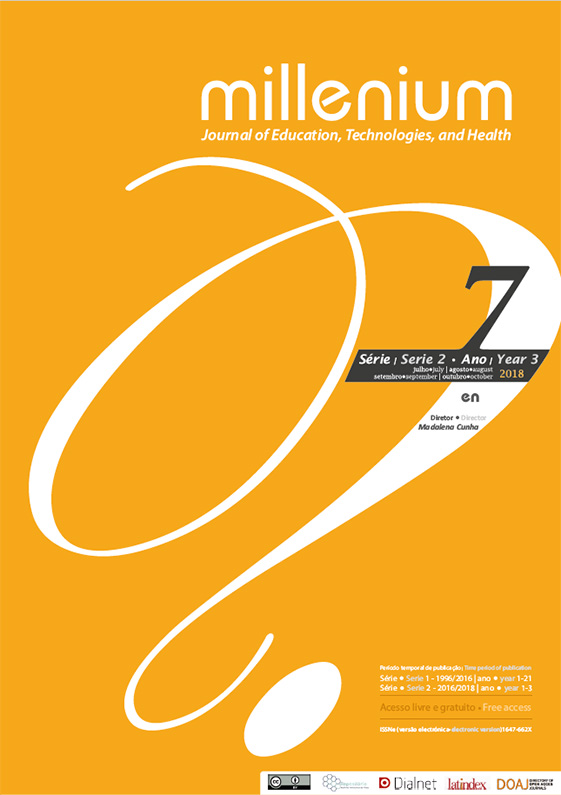Comportamiento elasto-plástico al cizalladura de estructuras panal y augéticas reforzadas
DOI:
https://doi.org/10.29352/mill0207.07.00179Palabras clave:
Nido de abeja, Augéticos, Cizalladura, Elasto-Plástica, Análisis de elementos finitosResumen
Introducción: Los materiales augéticos poseen un coeficiente de Poisson negativo. Aunque la existencia de augétios isotrópicos es teóricamente posible, parecen estar ausentes en los estados naturales, por lo tanto, se ha realizado un esfuerzo para producir augéticos artificiales principalmente mediante el diseño de panales invertidos.
Objetivos: Este estudio explora un enrejado de nido de abeja reforzado y enrejado reentrantes para mejorar el comportamiento estructural elasto-plástico en la deformación al cizalladura.
Métodos: Análisis de elementos finitos (FEA) se utiliza para simular la carga de cizallamiento en rejillas nido de abeja reforzadas y Reentrant augéticas, mientras que el estrés impuesto y las cepas se controlan.
Resultados: La transformación augética promueve un aumento en el módulo de cizalladura y genera deformaciones plásticas a valores más bajos de deformación por cizalladura. Sin embargo, el efecto de cierre de los materiales augéticos tiende a reducir el área plástica afectada.
Conclusiones: En este estudio, se presenta una nueva generación de enrejado de nido de abeja reforzado y rejillas augética reentrante. Apesar de que la transformación augética genera deformación plástica para regímenes de deformación de cizallamiento más bajo, es capaz de reducir las áreas afectadas por la plasticidad y elevar la rigidez a la cizalladura.
Descargas
Citas
Alderson, A., & Alderson K.L. (2007). Auxetic Materials. Proceedings of the Institution of Mechanical Engineers Part G Journal of Aerospace Engineering, 221, 565-575. https://doi.org/10.1243/09544100JAERO185
Almgren, R.F. (1985). An isotropic three-dimensional structure with Poisson's ratio – 1. Journal of Elasticity, 15, 427-430.
Carneiro, V.H., Meireles J., & Puga H. (2013). Auxetic Materials – A Review. Materials Science – Poland, 31(4), 561-571. Retrieved from: https://link.springer.com/article/10.2478/s13536-013-0140-6.
Fung, Y. (1965). Foundations of solid mechanics. New Jersey, USA: Prentice Hall.
Gatt, R., Wood, M.V., Gatt, A., Formosa, C., Azzopardi, K.M., Casha, A., Agius, T.P., … Grima, J.N. (2015). Negative Poisson’s ratios in tendons: An unexpected mechanical response. Acta Biomaterialia, 24, 201-208. https://doi.org/10.1016/j.actbio.2015.06.018
Gibson, L.J., Ashby, M.F., Schajer, G.S., & Robertson, C.I. (1982). The mechanics of two-dimensional materials. Proceedings of the Royal Society A, 382, 25-42. https://doi.org/10.1098/rspa.1982.0087
Greaves, G.N., Greer, A.L., Lakes, R.S., & Rouxel, T. (2011). Poisson’s ratio and modern materials. Nature Materials, 10 (11), 823-837. Retrieved from: https://www.nature.com/articles/nmat3134.
Hu, L.L., & Deng, H. (2015). Indentation resistance of the re-entrant hexagonal honeycombs with negative Poisson’s ratio. Materials Research Innovations, 19, 441-445. https://doi.org/10.1179/1432891715Z.0000000001588
Jasiuk, I., Chen, J., & Thorpe, M.F. (1994). Moduli of Two Dimensional Materials With Polygonal and Elliptical Holes. Applied Mechanics Reviews, 47, 18-28. https://doi.org/10.1115/1.3122813
Keskar, N.R., & Chelikowsky, J.R. (1992). Negative Poisson ratios in crystalline SiO2 from first-principles calculations. Nature, 358, 222-224. https://doi.org/10.1038/358222a0
Lakes, R.S. (1987). Foam Structures with a Negative Poisson's Ratio. Science, 235, 1038-1040. https://doi.org/10.1126/science.235.4792.1038
Lim, T.C., Cheang, P., & Scarpa, F. (2013). Wave motion in auxetic solids. Physica Status Solidi B, 251, 388-396. https://doi.org/10.1002/pssb.201384238
Malek, S., & Gibson, L. (2015). Effective elastic properties of periodic hexagonal honeycombs. Mechanics of Materials, 91, 226-240. http://dx.doi.org/10.1016/j.mechmat.2015.07.008
Merhagni, F., Desrumaux, F., & Benzeggagh, M.L. (1999). Mechanical behaviour of cellular core for structural sandwich panels. Composites Part A: Applied Science and Manufacturing, 30, 767-779.
Timoshenko, S., & Goodier, J.N. (1951). Theory of Elasticity. New York, USA: McGraw-Hill.
Voigt, W. (1882). Allgemeine Formeln für die Bestimmung der Elasticitätsconstanten von Krystallen durch die Beobachtung der Biegung und Drillung von Prismen. Annalen der Physik, 252, 273-321. https://doi.org/10.1002/andp.18822520607
Descargas
Publicado
Cómo citar
Número
Sección
Licencia
Los autores que sometan propuestas para esta revista estarán de acuerdo con los siguientes términos:
a) Los artículos serán publicados según la licencia Licença Creative Commons (CC BY 4.0), conforme el régimen open-access, sin cualquier coste para el autor o para el lector.
b) Los autores conservan los derechos de autor y conceden a la revista el derecho de la primera publicación, se permite la divulgación libre del trabajo, desde que sea correctamente atribuida la autoría y la publicación inicial en esta revista.
c) Los autores están autorización para firmar contratos adicionales separadamente, para la distribución no exclusiva de la versión del trabajo publicada en esta revista (ej.: publicar en un repositorio institucional o como capítulo de un libro), con reconocimiento de la autoría y publicación inicial e esta revista.
d) Los autores tienen permiso y son alentados a publicar y distribuir su trabajo on-line (ej.: en repositorios instituciones o en su página personal) ya que eso podrá generar alteraciones productivas, así como aumentar el impacto y la citación del trabajo publicado.
Documentos necesarios para la sumisión
Plantilla del artículo (formato editable)





